Working in equine dentistry, we find that people often get wolf teeth and canines mixed up. If you’re one of those people, don’t worry, you’re not alone. Let’s start with the canines. All male horses will have canines (sometimes referred to as tusks) and those teeth are located in the space between the incisors and the cheek teeth that we call the diastema. The lower canines usually erupt first around the age of 4 ½, with the uppers following at 5. Only 20% of females will have canines and the teeth are usually very small. Canines can also have a very large amount of tartar (horse plaque) build up that can eventually cause serious damage to the teeth, but is an easy fix with regular dental maintenance. 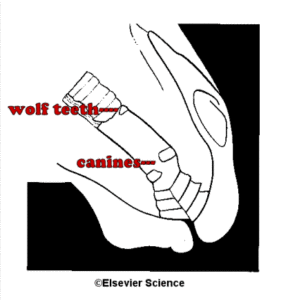
Red circles show canines in a 6 year old mare
Canine reduction, before & after
Tartar
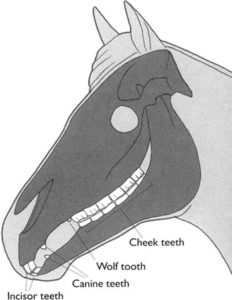
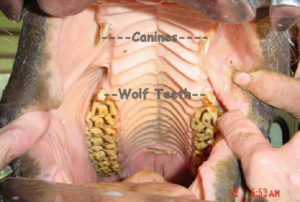
Wolf teeth are vestigial or remnant teeth, which means they are left over from an earlier time. It is believed that 30 to 60 million years ago these teeth were more functional. The upper wolf teeth usually erupt in one or more of three positions. The most common position is directly in front of the first premolar of the cheek teeth, but wolf teeth have been found on the out/inside of the cheek teeth and in many other places they shouldn’t be. Normal eruption time is usually 6 to 8 months of age but can vary considerably, depending on whether they are erupting as deciduous or permanent teeth. It isn’t uncommon to extract a set of wolf teeth, only to have another set appear at a later date. The most wolf teeth we have removed from a horse was four, but know of practitioners who have removed 8. Normally the roots of the wolf teeth begin to dissolve and/or fuse to the bone about the age of three. To make extraction easiest, it is best to remove wolf teeth between the ages of one and two. Wolf teeth can also be blind, which means they have not erupted from the gum, which makes them hard to see but very easy for the horse to feel. They also come in many shapes and sizes. They can also be floating, which means there is no root and they are just sitting inside of the gum. Wolf teeth are best known for the many bitting problems they cause, so we suggest that anytime they are found, they should be extracted.

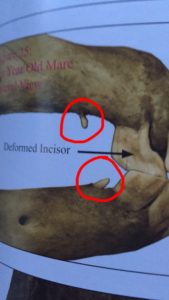
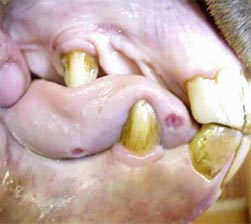
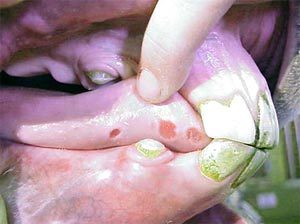
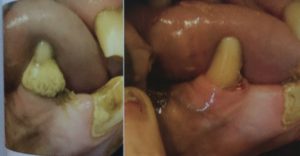
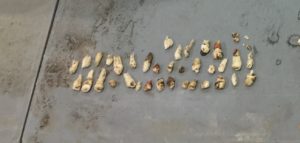
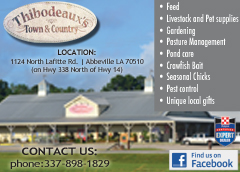




Really looking forward to read more. Really Cool.